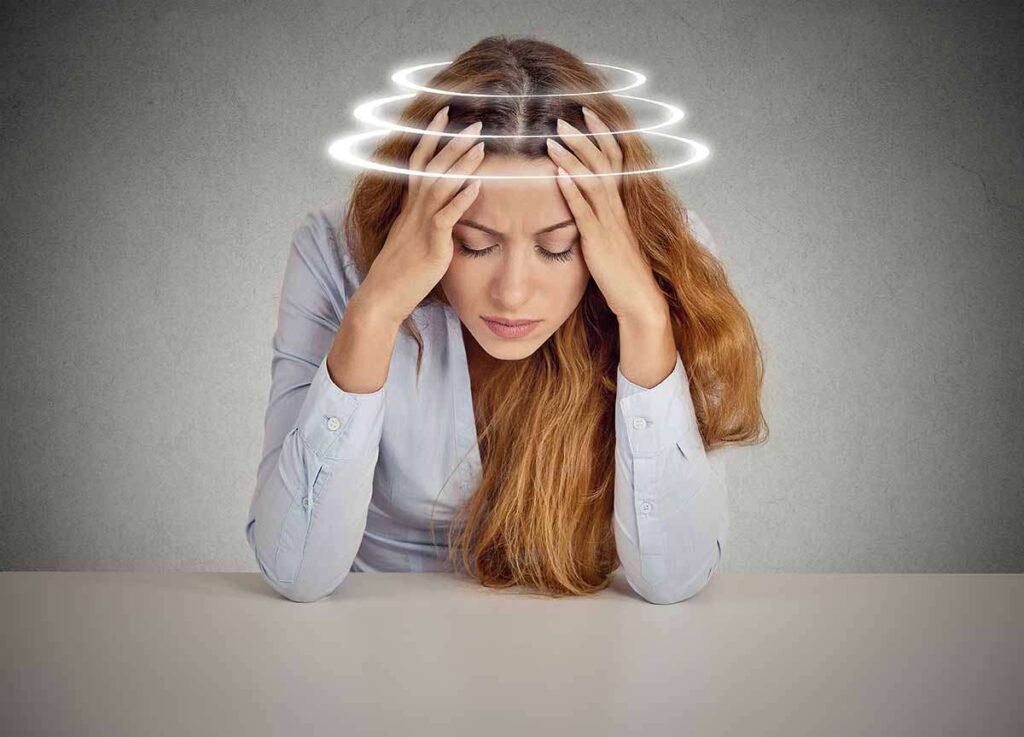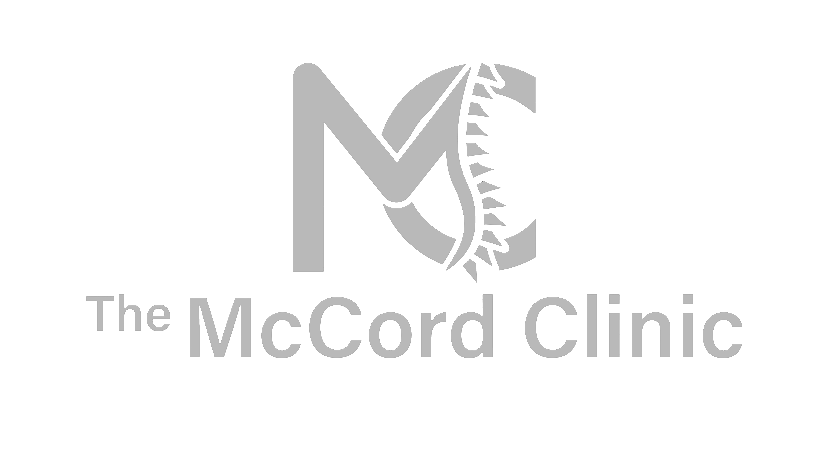Vertigo
Vertigo: Navigating the World of Balance Disorders
Vertigo is a common but often misunderstood condition that affects a person’s sense of balance and spatial orientation. It can be disorienting and unsettling, but with the right understanding and treatment, many people find relief. This informative page explores vertigo, its various forms, causes, and potential treatment options.

Understanding Vertigo
Vertigo is a symptom rather than a condition itself. It is the sensation of spinning or dizziness, as if the world is moving when it is not. This feeling can be mild or severe, and it is often associated with a problem in the inner ear or the vestibular system, which controls balance.
Call us now

Types of Vertigo
Vertigo can be categorized into two primary types:
Peripheral Vertigo
Peripheral vertigo is typically related to problems in the inner ear, such as benign paroxysmal positional vertigo (BPPV), Meniere’s disease, or vestibular neuritis. It is characterized by brief episodes of intense dizziness.
Central Vertigo
Central vertigo is caused by problems in the central nervous system, such as multiple sclerosis or a brainstem stroke. It tends to produce more sustained dizziness and can be associated with other neurological symptoms.
Common Causes of Vertigo
Vertigo can result from various underlying conditions, including:
Benign Paroxysmal Positional Vertigo (BPPV)
Small calcium particles in the inner ear can disrupt the balance system when displaced.
Meniere’s Disease
Excessive fluid in the inner ear can lead to sudden and severe vertigo episodes, often accompanied by ringing in the ears (tinnitus) and hearing loss.
Vestibular Neuritis
This viral infection can inflame the vestibular nerve, causing sudden dizziness.
Migraines
Some people experience vertigo as a component of a migraine.
Head Injuries
Traumatic head injuries can damage the inner ear or the brain and lead to vertigo.
Medications
Certain medications, such as antibiotics or diuretics, can trigger vertigo as a side effect.
Vertigo Symptoms
The hallmark symptom of vertigo is a spinning or whirling sensation, but it can also manifest with other symptoms:
- Nausea and vomiting
- Sweating
- Hearing loss or ringing in the ears (tinnitus)
- Unsteadiness or difficulty walking
- Nystagmus (involuntary eye movements)
Diagnosing Vertigo
Diagnosing vertigo involves a thorough medical history, a physical examination, and potentially additional tests, such as vestibular function tests, imaging studies, and blood tests, to identify the underlying cause.
Treatment Options
Treatment for vertigo varies depending on the underlying cause:
Benign Paroxysmal Positional Vertigo (BPPV)
Epley maneuver and other repositioning techniques are used to move the displaced calcium particles back to their proper place.
Meniere’s Disease
Treatment may involve dietary changes, medications, or even surgical options to manage symptoms.
Vestibular Neuritis
Medications to alleviate symptoms and vestibular rehabilitation exercises are common treatments.
Migraine-Associated Vertigo
Managing migraines may help reduce vertigo episodes.
Head Injuries
Recovery and rehabilitation are essential to manage vertigo symptoms after head injuries.
Medication-Induced Vertigo
Adjusting medications or managing side effects may alleviate vertigo.
Conclusion
Vertigo is a challenging condition that can significantly disrupt a person’s life and well-being. Understanding its various causes, symptoms, and appropriate treatments is essential for managing vertigo effectively. If you experience recurring or severe vertigo, consult a healthcare professional who can provide a proper diagnosis and guide you toward the most suitable treatment options based on the underlying cause.
